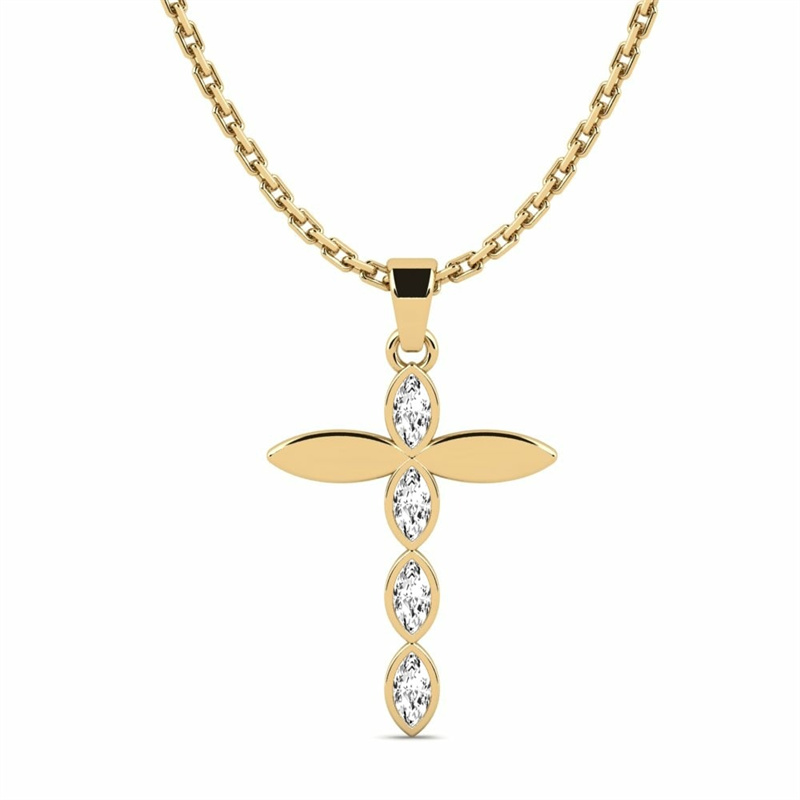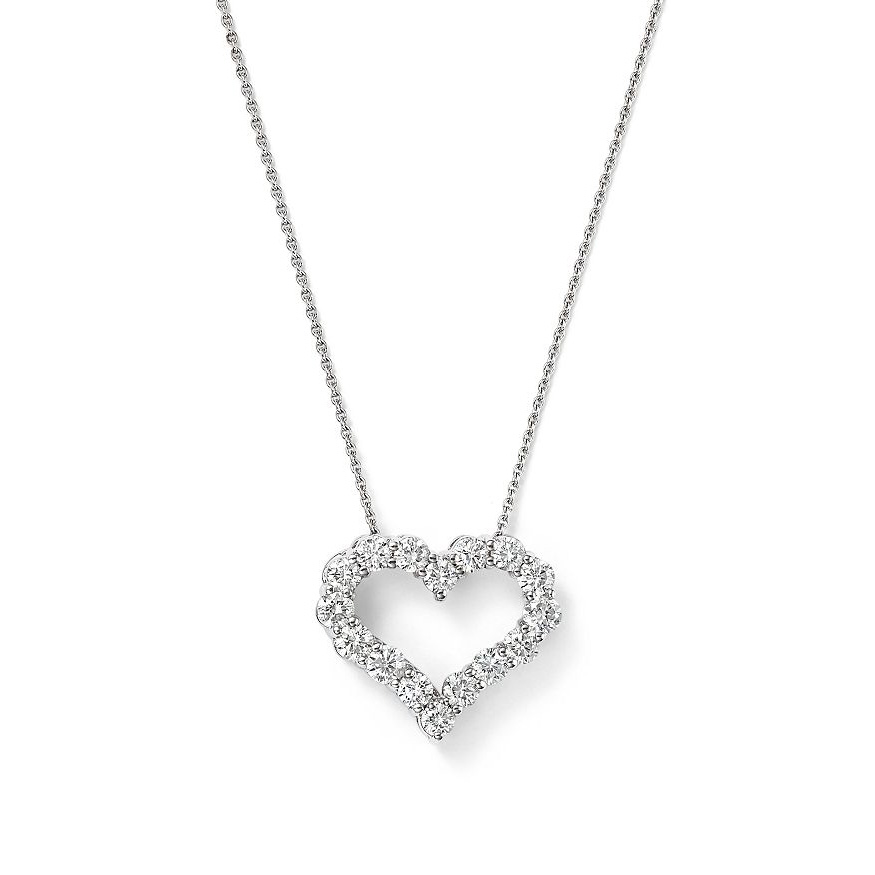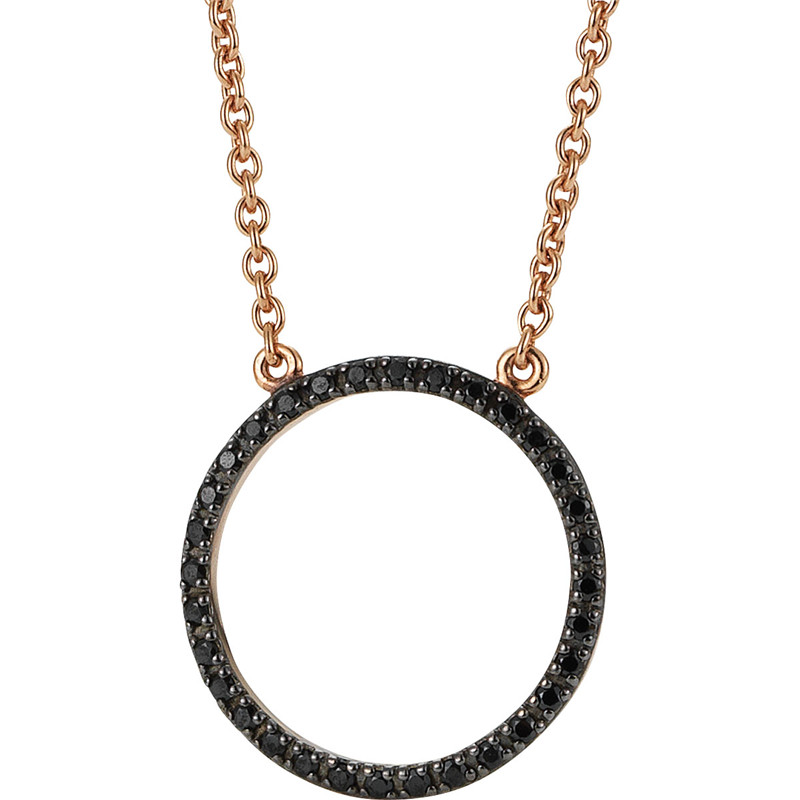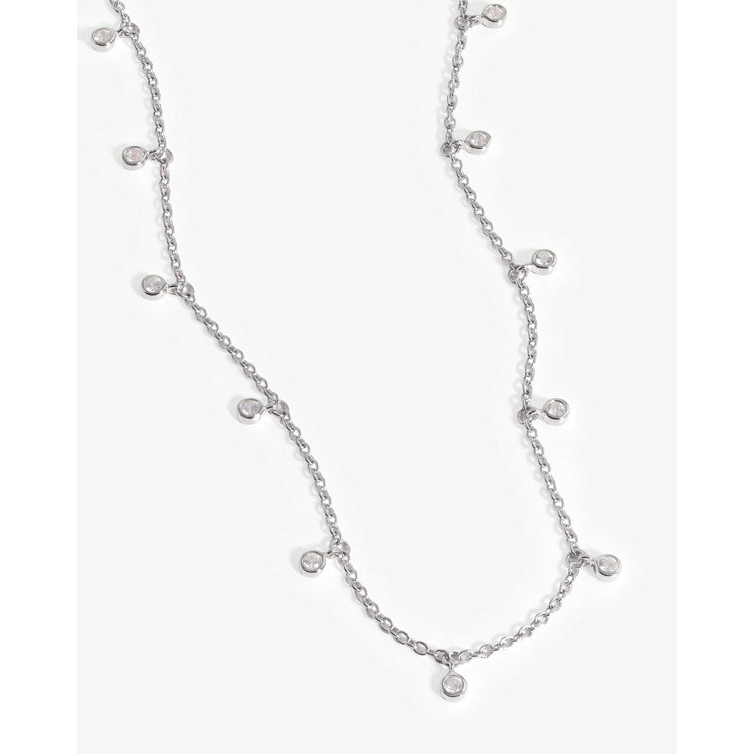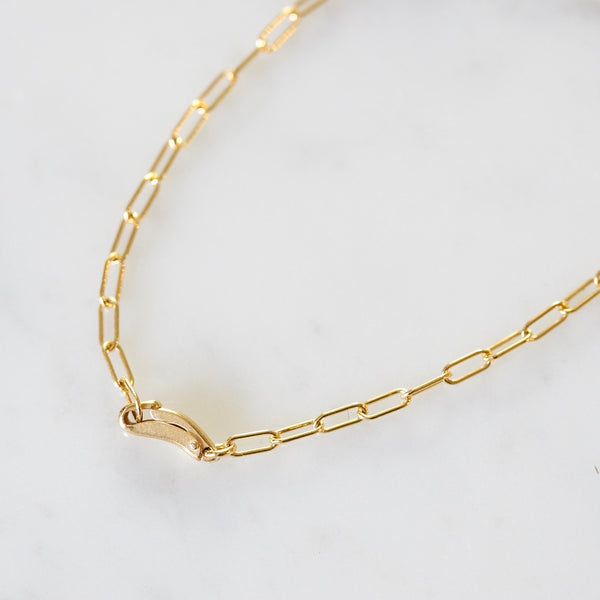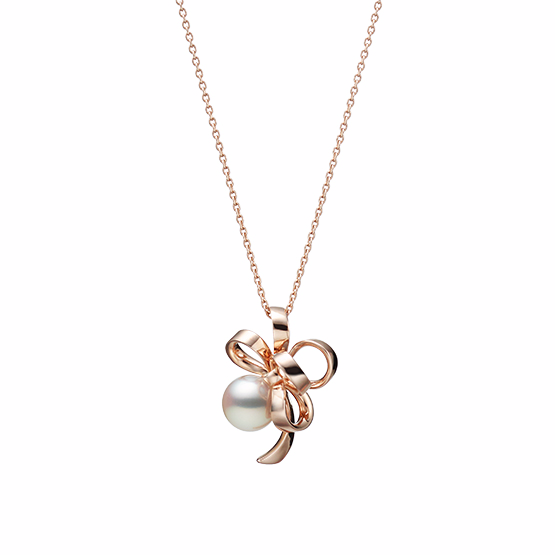The High-Quality Cross Pendant Gold Vermeil Jewelry OEM Cost
The High-Quality Cross Pendant Gold Vermeil Jewelry OEM Cost
LET’S GET STARTED : mo@kingjy.com
The High-Quality Cross Pendant Gold Vermeil Jewelry OEM Cost
Table of Contents
- Introduction
- Understanding Gold Vermeil Jewelry
- Definition and Standards
- Benefits of Gold Vermeil
- Factors Influencing OEM Cost
- Material Costs
- Labor and Manufacturing
- Design Complexity
- Quantity and Economies of Scale
- Certification and Compliance
- Breakdown of Cross Pendant Production Costs
- Base Metal Selection
- Gold Layer Thickness
- Craftsmanship and Detailing
- Finishing and Quality Control
- Comparing OEM vs. ODM Services
- Choosing the Right OEM Manufacturer
- Reputation and Experience
- Minimum Order Quantity (MOQ)
- Customization Options
- Lead Time and Logistics
- Case Study: Estimated Cost for a High-Quality Cross Pendant
- How to Reduce OEM Costs Without Sacrificing Quality
- Conclusion
1. Introduction
The jewelry industry thrives on craftsmanship, design, and material quality. Among various jewelry types, cross pendants hold significant cultural, religious, and fashion value. When producing high-quality cross pendants in gold vermeil, understanding the OEM (Original Equipment Manufacturer) cost is crucial for brands, retailers, and designers.
This article explores the cost structure of manufacturing gold vermeil cross pendants through OEM services, analyzing material expenses, labor, design intricacies, and other influencing factors. By the end, readers will have a clear understanding of pricing and how to optimize production costs while maintaining premium quality.
2. Understanding Gold Vermeil Jewelry
Definition and Standards
Gold vermeil (pronounced ver-may) is a high-quality jewelry plating method where a thick layer of gold (typically 14K, 18K, or 24K) is electroplated over sterling silver. According to U.S. FTC regulations, gold vermeil must meet the following criteria:
- Base metal: Sterling silver (92.5% pure silver).
- Gold thickness: Minimum 2.5 microns.
- Gold purity: At least 10K gold (though 14K and 18K are more common for premium jewelry).
Unlike gold-plated jewelry (which can use any base metal and has thinner gold layers), gold vermeil is more durable and luxurious.
Benefits of Gold Vermeil
- Affordable luxury: More cost-effective than solid gold but with a similar appearance.
- Hypoallergenic: Sterling silver is less likely to cause skin irritation compared to nickel or brass.
- Durability: The thicker gold layer resists tarnishing better than standard gold plating.
3. Factors Influencing OEM Cost
When calculating the OEM cost for a gold vermeil cross pendant, multiple factors come into play:
1. Material Costs
- Sterling Silver (925 Silver): The base metal price fluctuates based on market rates.
- Gold (14K/18K): The cost depends on gold market prices and the thickness of the plating (2.5 microns vs. 5 microns).
- Additional Materials: Chains, clasps, gemstone accents (if any).
2. Labor and Manufacturing
- Handcrafted vs. Machine-Made: Handmade jewelry costs more due to skilled labor.
- Location of Production: Labor costs vary between countries (e.g., China, India, Italy, Thailand).
3. Design Complexity
- Simple vs. Intricate Designs: A minimalist cross is cheaper than a detailed filigree or diamond-encrusted version.
- Custom Mold Costs: If a unique design requires a new mold, this adds to upfront expenses.
4. Quantity and Economies of Scale
- Higher quantities reduce per-unit costs due to bulk material discounts and optimized labor.
- Minimum Order Quantity (MOQ): Many OEMs require orders of 100–500+ pieces.
5. Certification and Compliance
- Hallmarking: Ensures metal purity (e.g., “925″ for silver, “14K” for gold).
- Lead/Nickel-Free Certification: Important for U.S. and EU markets.
4. Breakdown of Cross Pendant Production Costs
1. Base Metal Selection
- Sterling Silver (92.5%): ~$0.80–$1.50 per gram (market-dependent).
- Alternative Base Metals: Brass or copper are cheaper but do not qualify as vermeil.
2. Gold Layer Thickness
- Standard Vermeil (2.5 microns): Adds ~$5–$15 per piece.
- Luxury Vermeil (5+ microns): Adds ~$15–$30 per piece.
3. Craftsmanship and Detailing
- Laser Cutting vs. Hand Engraving: Hand-engraved designs cost more.
- Stone Setting (if applicable): Adds $5–$50 per piece depending on gemstones.
4. Finishing and Quality Control
- Polishing, Rhodium Plating (for extra shine): ~$2–$10 per piece.
- Quality Checks: Ensures no defects, proper gold adhesion.
5. Comparing OEM vs. ODM Services
- OEM (Original Equipment Manufacturing): The manufacturer produces based on your design.
- ODM (Original Design Manufacturing): The manufacturer provides ready-made designs for rebranding.
- Cost Implication: OEM is more customizable but may have higher initial costs due to design work.
6. Choosing the Right OEM Manufacturer
Key considerations:
✅ Experience with Gold Vermeil
✅ Transparent Pricing
✅ MOQ Flexibility
✅ Ethical Sourcing & Certifications
Top manufacturing hubs:
- China: Competitive pricing, large-scale production.
- India: Skilled artisans, intricate designs.
- Italy: Premium craftsmanship, high-end finishes.
7. Case Study: Estimated Cost for a High-Quality Cross Pendant
- Design: Medium complexity, 3cm tall, 18K gold vermeil (3 microns).
- Materials: Sterling silver (10g) + gold plating.
- Labor: Hand-finished, polished.
- Quantity: 500 units.
Estimated Cost Breakdown:
- Silver Base: $10/unit
- Gold Plating: $12/unit
- Labor & Finishing: $8/unit
- Packaging: $2/unit
- Total per Unit: ~$32 (bulk discount may apply).
8. How to Reduce OEM Costs Without Sacrificing Quality
- Order in Larger Quantities
- Simplify Design (minimalist styles cost less)
- Source from Reputable but Cost-Effective Regions (e.g., Thailand vs. Italy)
- Negotiate Long-Term Partnerships
9. Conclusion
Producing a high-quality gold vermeil cross pendant via OEM involves balancing material quality, craftsmanship, and order volume. By understanding cost drivers, brands can make informed decisions to optimize expenses while delivering premium jewelry.
For businesses entering the gold vermeil market, partnering with an experienced OEM manufacturer ensures consistent quality, fair pricing, and scalable production.
